Book Endpaper Printing
1. What are Endpapers in a Book?
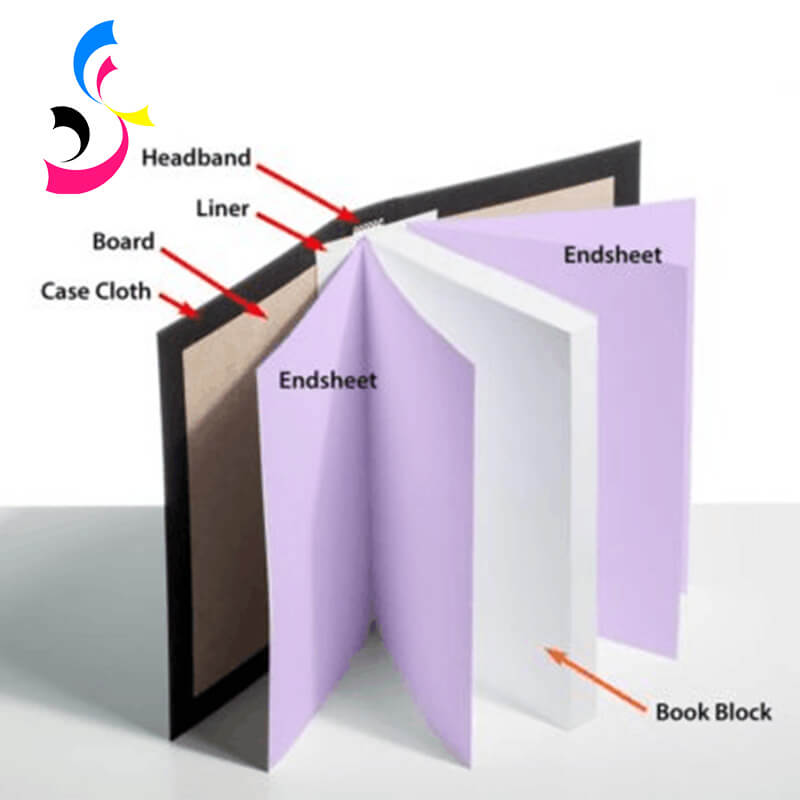
Endpapers, or end sheets, are the pages that appear at the very beginning and end of a hardcover book, connecting the text block to the cover. These papers are typically more durable and decorative than the pages inside the book. They play a crucial role in both the aesthetic appeal and structural integrity of a book.
2. What Parts Does the 8-Page Endpapers Consist of?
The 8-page endpapers in a book serve as a crucial element in its structure and functionality. They consist of eight individual pages, folded in half and glued to the inside covers of the book. These pages create a seamless transition between the covers and the text block. Let's break down the components and their roles:
Pastedown (Pages 1 and 8):
These are the first and last pages of the endpapers.
They are directly glued to the inside of the front and back covers.
These pages are blank and serve to secure the covers to the text block.
Flyleaf (Pages 2-7):
These pages are not glued and remain free.
They provide a flexible and smooth transition between the covers and the text block.
The flyleaf pages allow for additional functionalities, such as adding inscriptions or notes.
Specific Layout:
Page 2: Inside front cover (left page on spread)
Page 3: Facing page (right page on spread)
Page 4: Page before the text block
Page 5: Page after the text block
Page 6: Facing back cover (left page on spread)
Page 7: Inside back cover (right page on spread)
The text block is situated between the front and back endpapers, providing the core content of the book.
3. The Benefits of Endpapers in A Book
Structural Support: They help hold the text block firmly in place and add strength to the book's spine.
Aesthetic Appeal: Endpapers can be designed with intricate patterns, colors, or illustrations, enhancing the book’s overall visual appeal.
Protection: They provide an extra layer of protection for the first and last pages of the text block, shielding them from wear and tear.
4. Which Kind of Paper Stock is Best for Endpapers?
The choice of paper stock for endpapers depends on the desired look and function:
Standard Paper: Suitable for most books, offering a balance between durability and cost.
Textured or Patterned Paper: Adds a tactile and visual element that can complement the book's theme or cover design.
Heavyweight Paper: Provides additional strength, particularly important for large or frequently used books.
5. Tips for Designing Endpapers
Designing endpapers can significantly enhance the overall look and feel of a book. Here are some tips to help you create effective and appealing endpapers:
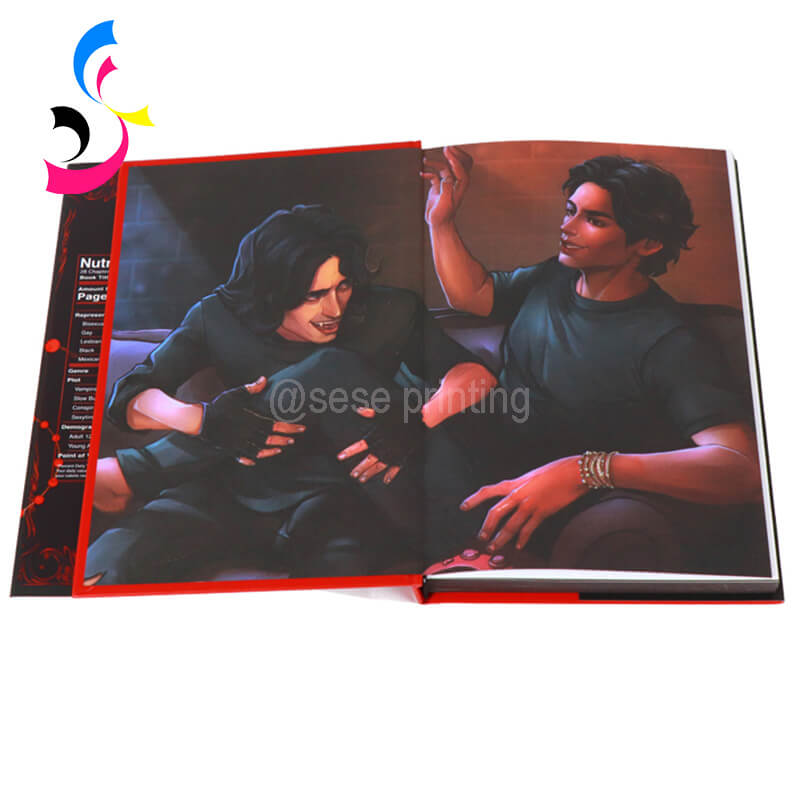
Consider the Book’s Theme:
Align the design with the book's subject matter or theme. For instance, a nature-themed book could have endpapers with botanical illustrations.
Choose the Right Color Scheme:
Select colors that complement the book cover and interior design. Use harmonious colors to create a cohesive look.
Pattern and Texture:
Experiment with different patterns and textures. Geometric designs, floral patterns, or even abstract art can add visual interest.
Consider textured paper for a tactile experience.
Use High-Quality Images:
If incorporating images or illustrations, ensure they are high resolution for clear and crisp printing.
Typography:
If adding text, choose fonts that match the book’s typography. Keep it legible and appropriately sized.
Incorporate Branding:
For publishers or series, consider adding subtle branding elements like logos or consistent design motifs.
Think About Functionality:
Leave space for potential inscriptions or notes. Avoid overly busy designs where readers might want to write.
Material and Finish:
Select paper that complements the book's overall feel. Matte, glossy, or textured finishes can add to the visual and tactile appeal.
Coordinate with the Cover:
Ensure the endpapers coordinate with the cover design. They should enhance the overall aesthetic rather than clash with it.
Personalization:
For special editions or personalized books, consider custom endpapers with the recipient’s name or a special message.
Historical and Cultural References:
For historical or culturally themed books, consider incorporating relevant motifs or designs that reflect the period or culture.
Minimalist vs. Detailed:
Decide between a minimalist design for a clean, modern look or a more detailed design for a rich, immersive experience.
Print Quality:
Ensure high-quality printing to avoid any blurriness or color inaccuracies. Work with a reputable printer.
Mock-ups and Proofs:
Create mock-ups and get proofs before final printing to ensure the design looks as expected and makes any necessary adjustments.
6. How Do We Do Endpapers in Book Binding?
Preparation: The endpapers are cut to size, often slightly larger than the text block to allow for trimming.
Gluing: The pastedown is glued to the inside covers, while the flyleaf remains unattached to ensure flexibility.
Reinforcement: Additional materials may be added to the spine for extra support.
Final Assembly: The text block and cover, now connected by the endpapers, are pressed together to ensure a secure bond.
7. How to Set Up Dust Jacket?
Not all hardcover books include endpapers, although they are commonly found in this type of book. Several factors influence the inclusion of endpapers, such as the publisher’s preference, the book's design, and its intended audience. Here are some key points to consider:
Default Inclusion in Certain Books:
Endpapers are usually included by default in hardcover books that have more than 60 pages. They add a touch of quality and support to the book's structure.
Publisher’s Choice:
The decision to include endpapers often depends on the publisher. Some may choose a simpler binding technique without endpapers, especially for books aiming for a minimalist design or those focusing on cost-effectiveness.
Aesthetic and Functional Value:
Many publishers and book enthusiasts value endpapers for the aesthetic appeal and additional functionality they bring. Endpapers can enhance the visual attractiveness of a book and provide added durability.
Exceptions:
Some hardcover books may not feature endpapers. This is particularly common in books with a minimalist design approach or where the cost of production is a significant consideration.
Paperback Books:
Generally, paperback books do not have endpapers due to their different binding techniques. Paperback books typically use glued or stitched signatures, which eliminate the need for endpapers.
At Sese Printing, we understand that endpapers are a vital component of bookbinding, providing both structural support and aesthetic appeal. Our expert team is dedicated to helping you choose the right paper stock, design thoughtfully, and fully understand the role of endpapers in the binding process to significantly enhance the quality of your books.
Whether you’re looking to add a touch of elegance or ensure the longevity of your book, our endpapers are designed to meet your needs. Trust Sese Printing to deliver high-quality, custom endpapers that play a key role in the world of hardcover books, making your creations stand out on any shelf.
 Aug 19,2024
Aug 19,2024

 SESE
SESE







 Home
Home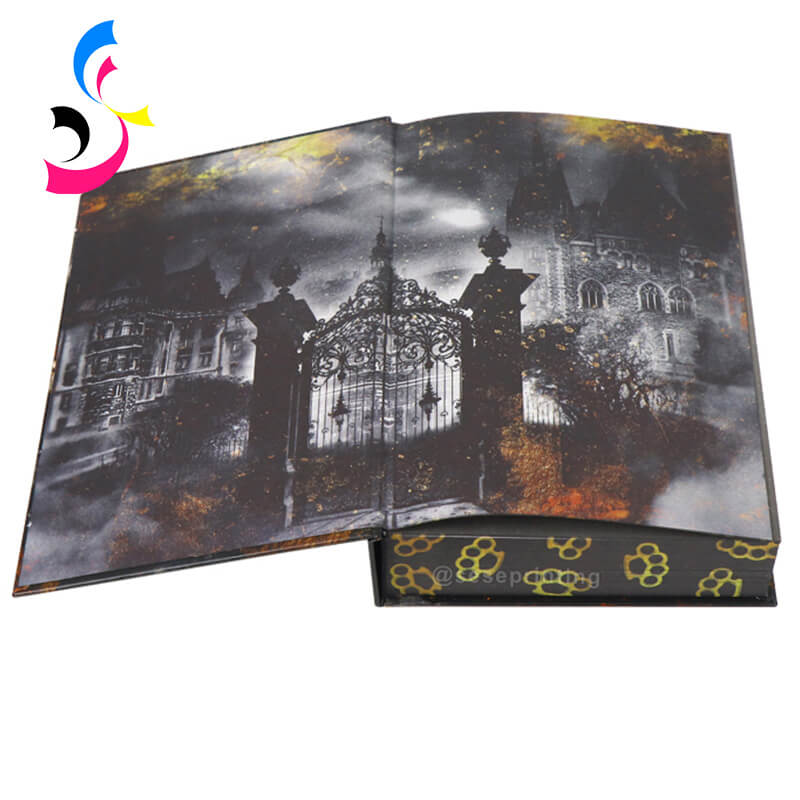
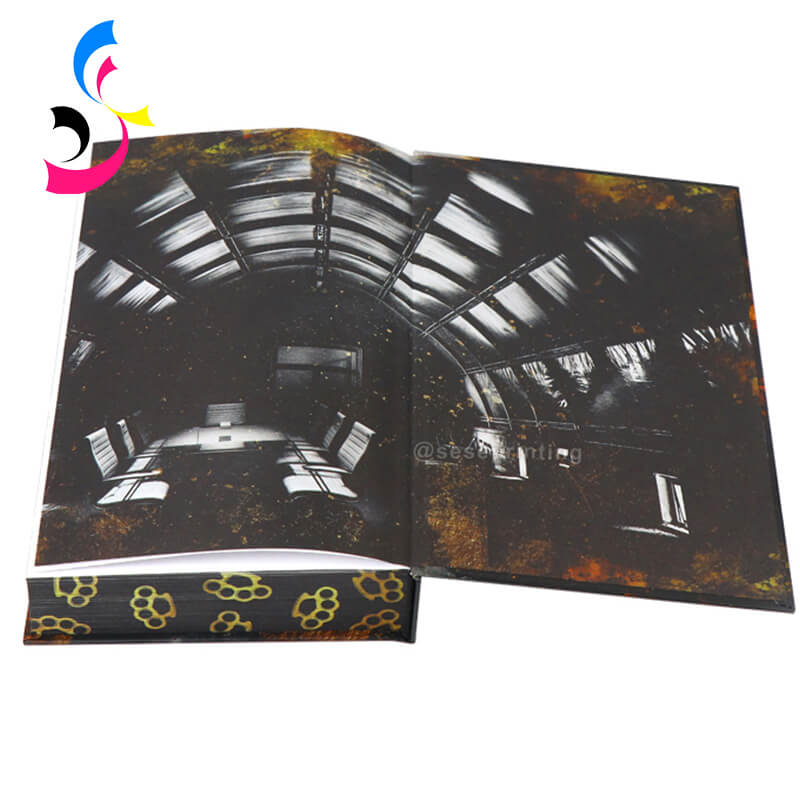
 Different Hardcover Styles in Book Printing
Different Hardcover Styles in Book Printing  You May Also Like
You May Also Like
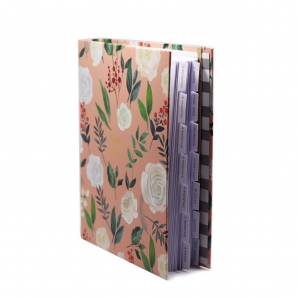

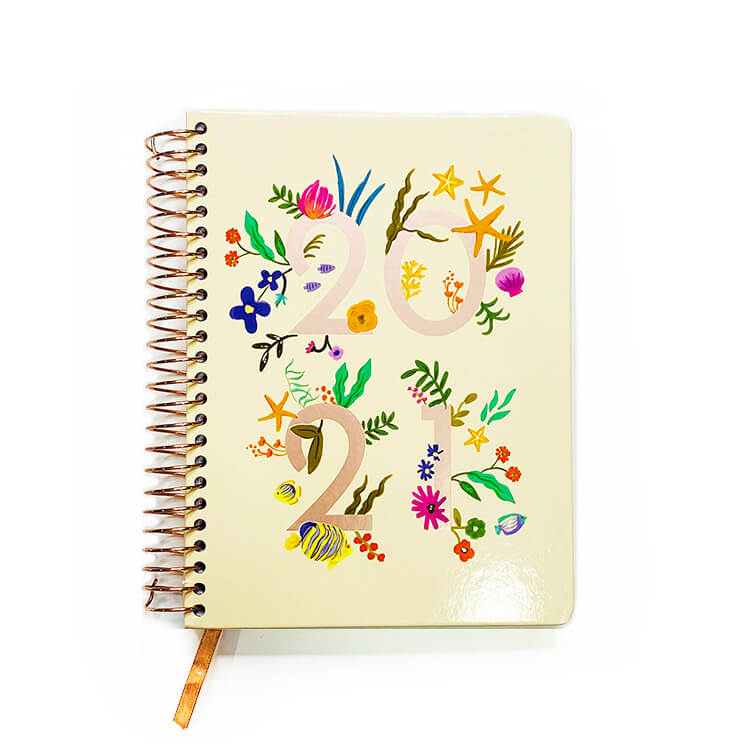

 Tel
Tel
 Email
Email
 Address
Address







